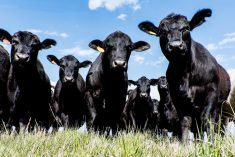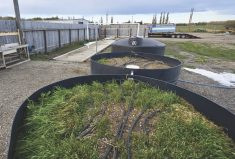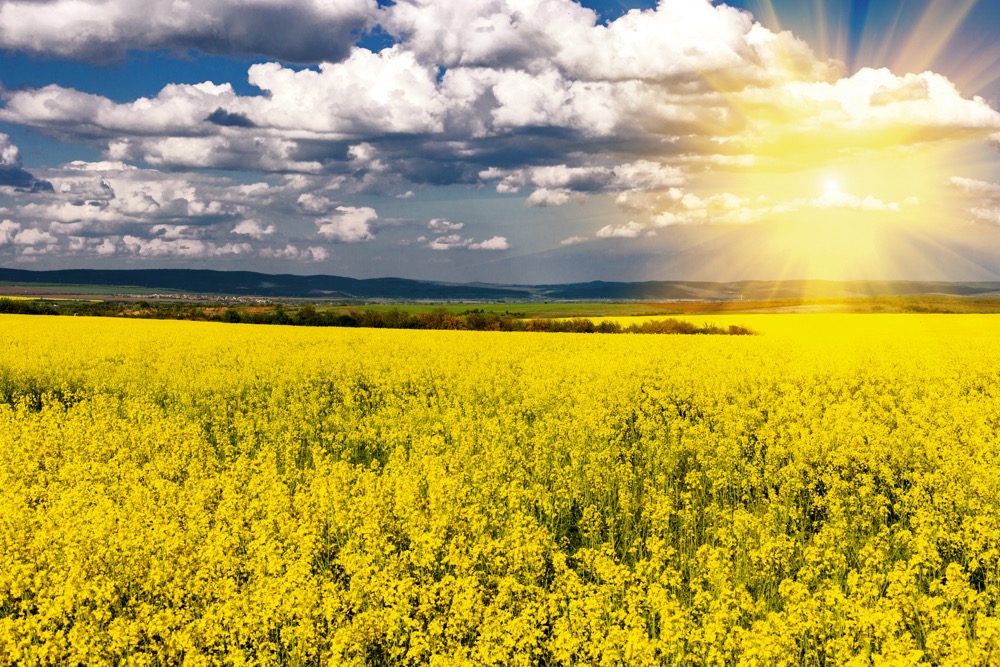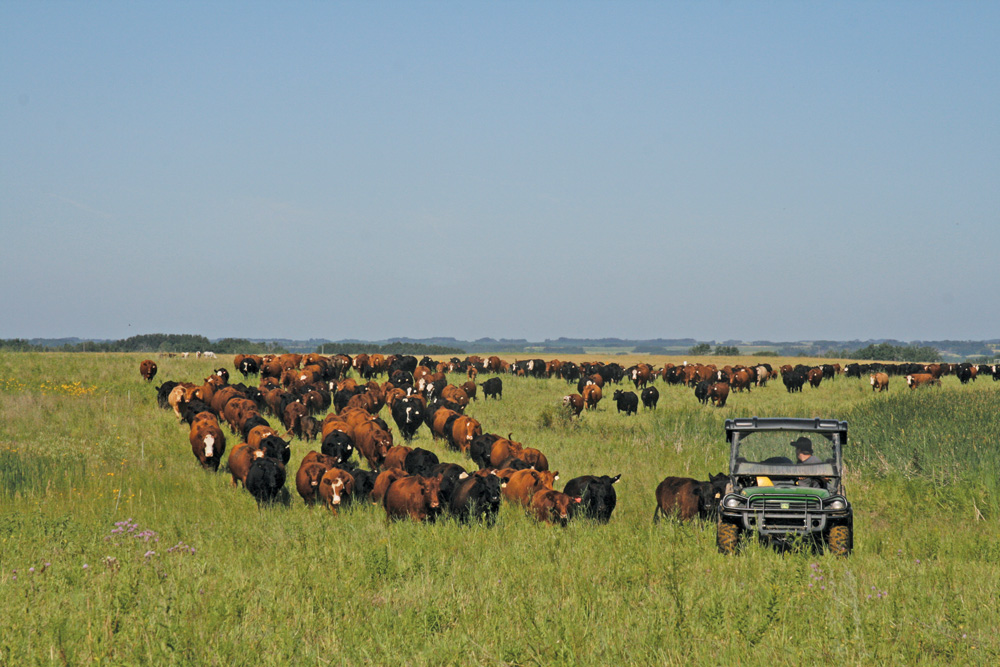Glacier FarmMedia – Tom Harrison is on a mission to reverse the tide of native prairie being converted to cropland in Saskatchewan.
It’s not an easy task. Several factors are working against efforts to conserve, let alone restore, native prairie. Economics favour farming over ranching. Government programs and policies have encouraged farmers to cultivate the land since settlement began. And ever-larger machinery makes it easier to seed marginal areas in a field than leave them wild.
But Harrison, a rancher based near Southey, Sask., is undeterred.
Read Also

Cancer agency reclassifies another herbicide ‘probably carcinogenic’
The WHO’s cancer research agency has now put atrazine, a herbicide well known to corn growers, in the same potential-hazard category where the agency put glyphosate.
“Restoration is the only way we’re going to create more acres of habitat,” he says during a video interview from his home, a stock saddle among the usual household furniture in the background.
“You can improve the quality through management agreements. You can preserve existing tracts of grassland. But the only way you’re going to actually expand is to put more acres of grass back in the ground. And I know it’s tough. But that’s the only way you’re going to reverse the trend on loss of habitat in this province.”
Harrison is also the program manager for the Saskatchewan Stock Growers’ Foundation. The foundation is administering a native prairie restoration program, with $2 million in funding from Environment and Climate Change Canada, plus another $2 million in funding and in-kind support from program partners.
The bids
Rather than deciding what they will pay farmers to restore cropland to native prairie beforehand, the program partners are running a reverse auction. The whole idea is “kind of like a tender process. You’re actually tendering out what it costs.”
Interested farmers will calculate what it will cost them to restore cropland to perennial cover and maintain it for at least 30 years, then submit a bid. The first round of bidding closes March 31.
Successful bidders can then negotiate a habitat restoration agreement with the foundation. These 30-year agreements are not tied to title, but are legally binding and will include restrictions. Restrictions will likely vary between agreements, but some examples could include banning wetland drainage as well as yardsite or road development. Harrison says that if the land changes hands, the seller is asked to fill out a form included with the agreement and pass the information on to the buyer. For those who decide to exit the agreement, there’s a pro-rated payback option, Harrison adds.
The foundation is also offering additional funding to those farmers willing to sign term conservation easements. These agreements are tied to the land title and last for at least 30 years.
“But if you said you wanted to do it 40 or 50 or 60 years, that’s fine, too. We’ll pay a premium.”
The foundation is taking bids from anywhere in agricultural Saskatchewan. At interview time, Harrison had a couple of bids but was hoping for more by the end of March.
The team
Harrison says they’re interested in both biodiversity and carbon as public benefits. That means modelling a parcel’s potential to provide biodiversity and carbon storage, as well as looking at the economics.
Harrison says they’ve pulled together a “pretty strong team” on both the academic and delivery side for the project. “Dr. Peter Boxall has made a career out of this at the University of Alberta. And he’s retired so he came on board.”
Along with the University of Alberta and the foundation, other project partners include Green Analytics, the South of the Divide Conservation Action Program, the University of Saskatchewan, the University of Waterloo and the Saskatchewan Stock Growers Association. In addition to the federal government, funders include the Weston Family Foundation, Saskatchewan Stock Growers Foundation and the National Fish and Wildlife Foundation. Dr. Jeremy Pittman and one of his former grad students will also interview bidders to understand motivations and socioeconomic factors.
Harrison says the reverse auction idea has been around for several years. About 20 years ago, he worked on a wetlands project near Yorkton, Sask. that included a reverse auction.
He says that although they’ve “thrown out some pretty good dollars” for previous restoration projects, “it’s just a real struggle” to get people to take annual cropland out of production and seed perennials, let alone native prairie.
The critical information producers need in their bids includes basics such as land locations, dollars per acre and number of acres. “But in order to come up with that dollar per acre figure, these guys are going to have to think very carefully about what they’re giving up and the valuation of that.”
Harrison says they have a pretty good idea of what they think it’s worth, based on valuations of cropping and grazing land. “But the producers have to think about this, too.”
To evaluate the bids, they’ll run models to rate biodiversity potential and climate resiliency potential. “Not all land is equal. So a guy puts in a bid on a dollar per acre, but we transfer it to what we call an environmental benefit index. So basically it will be a dollar per index on it.”
That will allow them to rate the bids on an environmental basis, and then revert bids to a payment on a dollar-per-acre basis.
In the biodiversity model, features such as the vicinity to existing native prairie are taken into consideration. The climate resiliency model will consider factors such as the history of use and soil characteristics to calculate carbon sequestration potential. He adds that they’re trying to balance biodiversity and carbon storage. Sometimes those priorities are in opposition to each other, but other times they can work together, he says.
Thirty years out, Harrison would like to have the funding spent on restoration projects and raise more to deliver more restoration projects. He wants to see people commit to 30-year terms, and hopefully use some of the land for grazing. The ultimate goal is to seed more land to native prairie, creating more habitat for birds and other wildlife and sequestering more carbon.
In the short term, Harrison says they’re trying to build a tool that producers understand, and that allows them to compare cultivated land parcels for carbon storage, climate resiliency and biodiversity potential.
“How do we run this auction? How do we advertise it? All those detail-type things that we have to do.”
In the meantime, they’ve been running ads and Harrison is encouraging producers to bid.
“I actually send out personal emails to guys that I’ve talked to before…about this, and I say, ‘Listen, here’s something I’d really like you to consider. And I’m trying to get some bids in on this.’”
For more information or to bid, visit the Saskatchewan Stock Growers’ Foundation website. Interested producers can also call Harrison at 306-530-1385.
– This article was originally published at Canadian Cattlemen.
















